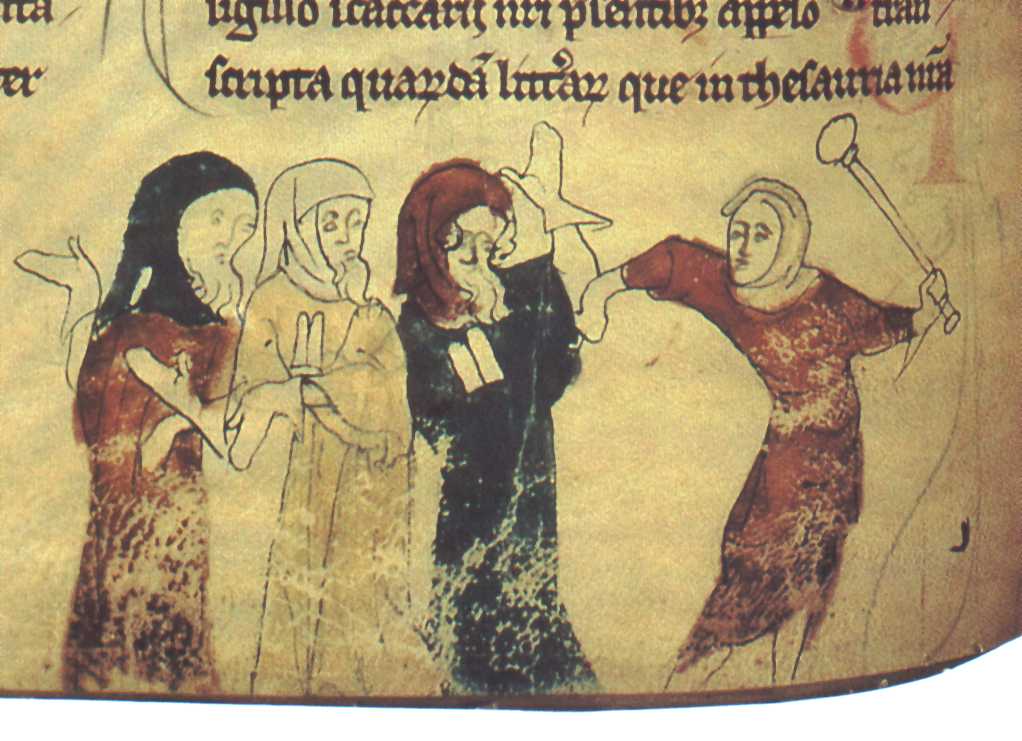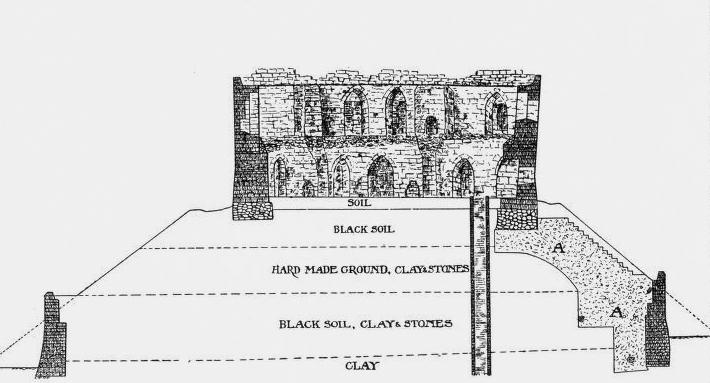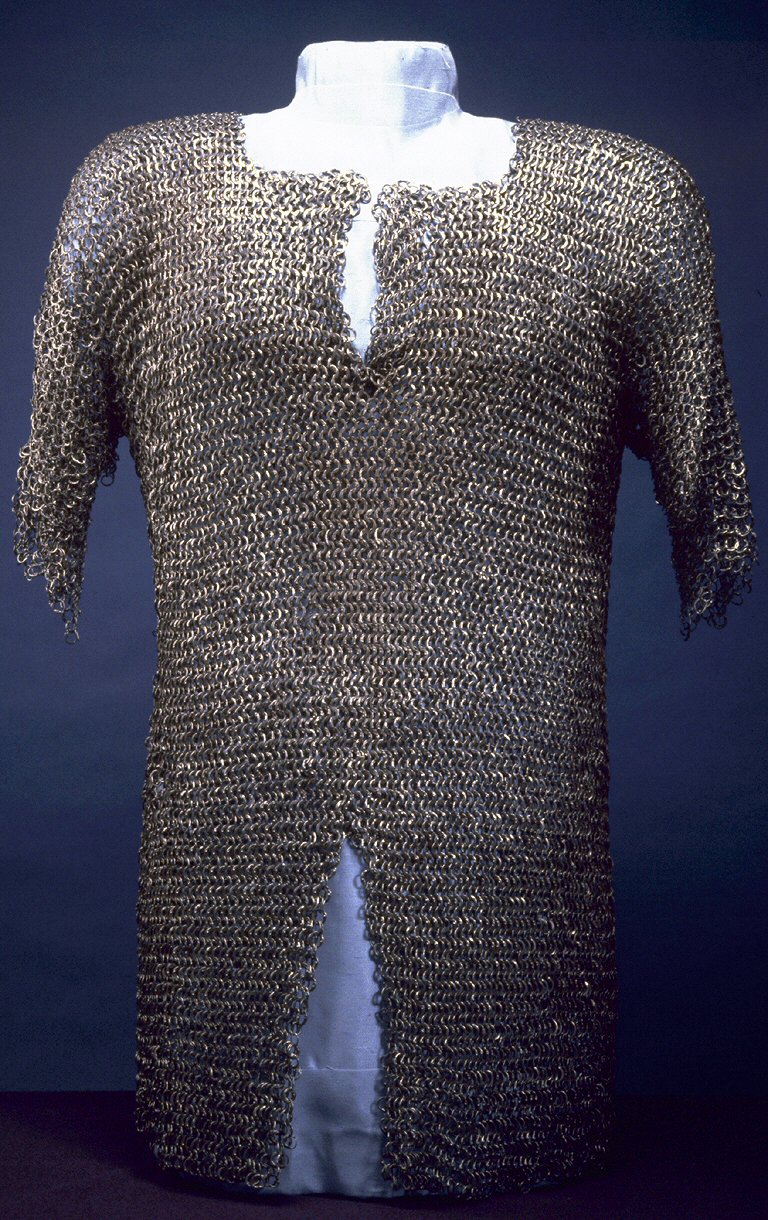|
Antisemitism In The United Kingdom
Antisemitism in the United Kingdom signifies hatred of and discrimination against Jews in Britain. Discrimination and hostility against the community since its establishment in 1070 resulted in a series of massacres on several occasions and their expulsion from the country in 1290. They were readmitted by Oliver Cromwell in 1655. In the 19th century, increasing toleration of religious minorities gradually eliminated legal restrictions on public employment and political representation. However, Jewish financiers were seen by some as having an undue influence on government policy, particularly regarding the British Empire and foreign affairs. Significant Jewish immigration from Eastern Europe in the years prior to World War I generated some opposition and resulted in increasingly restrictive immigration laws. Similarly, an emerging fascist movement in the 1930s which launched antisemitic campaigns was accompanied by a government policy of restricting the inflow of Jewish refugee ... [...More Info...] [...Related Items...] OR: [Wikipedia] [Google] [Baidu] |
British Jews
British Jews (often referred to collectively as British Jewry or Anglo-Jewry) are British citizens who identify as Jewish. The number of people who identified as Jews in the United Kingdom rose by just under 4% between 2001 and 2021. History The first recorded Jewish community in Britain was brought to England in 1070 by King William the Conqueror, who believed that what he assumed to be its commercial skills would make his newly won country more prosperous. At the end of the 12th century, a series of blood libels and fatal pogroms hit England, particularly the east coast. Notably, on 16 March 1190, in the run up to the Third Crusade, the Jewish population of York was massacred at the site where Clifford's Tower now stands, and King Edward I of England passed the Statute of the Jewry (''Statutum de Judaismo'') in 1275, restricting the community's activities, most notably outlawing the practice of usury (charging interest).Prestwich, Michael. Edward I p 345 (1997) Yale Univers ... [...More Info...] [...Related Items...] OR: [Wikipedia] [Google] [Baidu] |
Blood Libel
Blood libel or ritual murder libel (also blood accusation) is an antisemitic canardTurvey, Brent E. ''Criminal Profiling: An Introduction to Behavioral Evidence Analysis'', Academic Press, 2008, p. 3. "Blood libel: An accusation of ritual murder made against one or more persons, typically of the Jewish faith".Chanes, Jerome A. ''Antisemitism: A Reference Handbook'', ABC-CLIO, 2004, pp. 34–45. "Among the most serious of these nti-Jewishmanifestations, which reverberate to the present day, were those of the libels: the leveling of charges against Jews, particularly the blood libel and the libel of desecrating the host."Goldish, Matt. ''Jewish Questions: Responsa on Sephardic Life in the Early Modern Period'', Princeton University Press, 2008, p. 8. "In the period from the twelfth to the twentieth centuries, Jews were regularly charged with blood libel or ritual murder that Jews kidnapped and murdered non-Jews as part of a Jewish religious ritual." which falsely accuses Jews of ... [...More Info...] [...Related Items...] OR: [Wikipedia] [Google] [Baidu] |
Second Barons' War
The Second Barons' War (1264–1267) was a civil war in England between the forces of a number of barons led by Simon de Montfort against the royalist forces of King Henry III, led initially by the king himself and later by his son, the future King Edward I. The barons sought to force the king to rule with a council of barons, rather than through his favourites. The war also involved a series of massacres of Jews by de Montfort's supporters, including his sons Henry and Simon, in attacks aimed at seizing and destroying evidence of baronial debts. To bolster the initial success of his baronial regime, de Montfort sought to broaden the social foundations of parliament by extending the franchise to the commons for the first time. However, after a rule of just over a year, de Montfort was killed by forces loyal to the king at the Battle of Evesham. Causes The reign of Henry III is most remembered for the constitutional crisis in this period of civil strife, which was provoked o ... [...More Info...] [...Related Items...] OR: [Wikipedia] [Google] [Baidu] |
Yellow Badge
Yellow badges (or yellow patches), also referred to as Jewish badges (german: Judenstern, lit=Jew's star), are badges that Jews were ordered to wear at various times during the Middle Ages by some caliphates, at various times during the Medieval and early modern period by some European powers, and from 1939 to 1945 by the Axis powers, including Nazi Germany. The badges served to mark the wearer as a religious or ethnic outsider, and often served as a badge of shame. Usage Caliphates The practice of wearing special clothing or markings to distinguish Jews and other non-Muslims (dhimmis) in Muslim-dominated countries seems to have been introduced in the Umayyad Caliphate by Caliph Umar II in the early 8th century. The practice was revived and reinforced by the Abbasid caliph al-Mutawakkil (847–861), subsequently remaining in force for centuries. A genizah document from 1121 gives the following description of decrees issued in Baghdad: Medieval and early modern Europe In lar ... [...More Info...] [...Related Items...] OR: [Wikipedia] [Google] [Baidu] |
Statute Of Jewry
The Statute of Jewry was a statute issued by Henry III of England in 1253. In response to England's anti-Jewish hatred, Henry attempted to segregate and debase England's Jews with oppressive laws which included imposing the wearing of a yellow Jewish badge to invite the Christian public's disdain. Articles The statute had thirteen articles. They contained the following provisions: * Article One provided that any Jew could only remain in England only if he or she would "serve Us in some way". * Article Two deemed that synagogues A synagogue, ', 'house of assembly', or ', "house of prayer"; Yiddish: ''shul'', Ladino: or ' (from synagogue); or ', "community". sometimes referred to as shul, and interchangeably used with the word temple, is a Jewish house of worshi ... could not be constructed, and only those that existed in the time of King John could stand. * Article Three demanded that Jews lower their voices in synagogues, so that Christians could not hear them. * Ar ... [...More Info...] [...Related Items...] OR: [Wikipedia] [Google] [Baidu] |
Henry III Of England
Henry III (1 October 1207 – 16 November 1272), also known as Henry of Winchester, was King of England, Lord of Ireland, and Duke of Aquitaine from 1216 until his death in 1272. The son of King John and Isabella of Angoulême, Henry assumed the throne when he was only nine in the middle of the First Barons' War. Cardinal Guala Bicchieri declared the war against the rebel barons to be a religious crusade and Henry's forces, led by William Marshal, defeated the rebels at the battles of Lincoln and Sandwich in 1217. Henry promised to abide by the Great Charter of 1225, a later version of the 1215 '' Magna Carta'', which limited royal power and protected the rights of the major barons. His early rule was dominated first by Hubert de Burgh and then Peter des Roches, who re-established royal authority after the war. In 1230, the King attempted to reconquer the provinces of France that had once belonged to his father, but the invasion was a debacle. A revolt led by William ... [...More Info...] [...Related Items...] OR: [Wikipedia] [Google] [Baidu] |
Antisemitism
Antisemitism (also spelled anti-semitism or anti-Semitism) is hostility to, prejudice towards, or discrimination against Jews. A person who holds such positions is called an antisemite. Antisemitism is considered to be a form of racism. Antisemitism has historically been manifested in many ways, ranging from expressions of hatred of or discrimination against individual Jews to organized pogroms by mobs, police forces, or genocide. Although the term did not come into common usage until the 19th century, it is also applied to previous and later anti-Jewish incidents. Notable instances of persecution include the Rhineland massacres preceding the First Crusade in 1096, the Edict of Expulsion from England in 1290, the 1348–1351 persecution of Jews during the Black Death, the massacres of Spanish Jews in 1391, the persecutions of the Spanish Inquisition, the expulsion from Spain in 1492, the Cossack massacres in Ukraine from 1648 to 1657, various anti-Jewish pogroms in the Russ ... [...More Info...] [...Related Items...] OR: [Wikipedia] [Google] [Baidu] |
York Massacre
York Castle is a fortified complex in the city of York, England. It consists of a sequence of castles, prisons, law courts and other buildings, which were built over the last nine centuries on the south side of the River Foss. The now-ruined keep of the medieval Norman castle is commonly referred to as Clifford's Tower. Built originally on the orders of William I to dominate the former Viking city of Jórvík, the castle suffered a tumultuous early history before developing into a major fortification with extensive water defences. After a major explosion in 1684 rendered the remaining military defences uninhabitable, York Castle continued to be used as a jail and prison until 1929. The first motte and bailey castle on the site was built in 1068 following the Norman conquest of York. After the destruction of the castle by rebels and a Viking army in 1069, York Castle was rebuilt and reinforced with extensive water defences, including a moat and an artificial lake. York Castle f ... [...More Info...] [...Related Items...] OR: [Wikipedia] [Google] [Baidu] |
Chain Mail
Chain mail (properly called mail or maille but usually called chain mail or chainmail) is a type of armour consisting of small metal rings linked together in a pattern to form a mesh. It was in common military use between the 3rd century BC and the 16th century AD in Europe, and longer in Asia and North Africa. A coat of this armour is often called a hauberk, and sometimes a byrnie. History The earliest examples of surviving mail were found in the Carpathian Basin at a burial in Horný Jatov, Slovakia dated at 3rd century BC, and in a chieftain's burial located in Ciumești, Romania. Its invention is commonly credited to the Celts, [...More Info...] [...Related Items...] OR: [Wikipedia] [Google] [Baidu] |
Hauberk
A hauberk or byrnie is a shirt of mail. The term is usually used to describe a shirt reaching at least to mid-thigh and including sleeves. Haubergeon ("little hauberk") generally refers to the quilted undergarment used with a hauberk, but the terms are sometimes used interchangeably. History The short-hemmed, short-sleeved ''hauberk'' may have originated from the medieval Islamic world, although its European form is a descendant of the Carolingian ''byrnie''. The word ''hauberk'' is derived from the Old Frankish word ''halsberg'' (c. 1300), which originally described a small piece of mail that protects (''"bergen"'', literally "to give protection, to save, to rescue") the throat and the neck (the ''"Hals"''). The Bayeux Tapestry illustrates Norman soldiers wearing a knee-length version of the ''hauberk'', with three-quarter length sleeves and a split from hem to crotch. Such armor was quite expensive—both in materials (iron wire) and time/skill required to manufacture it—so ... [...More Info...] [...Related Items...] OR: [Wikipedia] [Google] [Baidu] |
Assize Of Arms Of 1181
The Assize of Arms of 1181 was a proclamation of King Henry II of England concerning the obligation of all freemen of England to possess and bear arms in the service of king and realm and to swear allegiance to the king, on pain of "vengeance, not merely on their lands or chattels, but on their limbs". The assize stipulated precisely the military equipment that each man should have according to his rank and wealth. The assize effectively revived the old Anglo‐Saxon fyrd duty. The Assize established restrictions on weapon possession by Jews, terms of inheritance, and prohibition of exports of arms, ships and timber. Text of the Assize of Arms The Act reads as follows: Background Henry II came from a Norman line of kings and inherited the kingship of England which had fallen into Norman's hands after the Battle of Hastings in 1066. England had been a unified nation for only a short time before this. It had been successfully invaded and conquered with military power from Ro ... [...More Info...] [...Related Items...] OR: [Wikipedia] [Google] [Baidu] |
William Of Norwich
William of Norwich (2 February 1132 – 22 March 1144) was an English boy whose disappearance and killing was, at the time, attributed to the Jewish community of Norwich. It is the first known medieval accusation against Jews of ritual murder. William was an apprentice tanner who regularly came into contact with Jews and visited their homes as part of his trade. His murder remains unsolved; the local community of Norwich attributed the boy's death to the Jews, though the local authorities would not convict them for lack of proof. William was acclaimed as a saint in Norwich, with miracles attributed to him. William's story was told in ''The Life and Miracles of St William of Norwich'', a multi-volume Latin work by Thomas of Monmouth, a monk in the Norwich Benedictine monastery. Thomas started ''The Life'' in 1149/50; he completed volume seven by 1173. Augustus Jessopp (1823–1914), one of the editors of the first printed edition of Thomas' work, describes Thomas as belongin ... [...More Info...] [...Related Items...] OR: [Wikipedia] [Google] [Baidu] |







